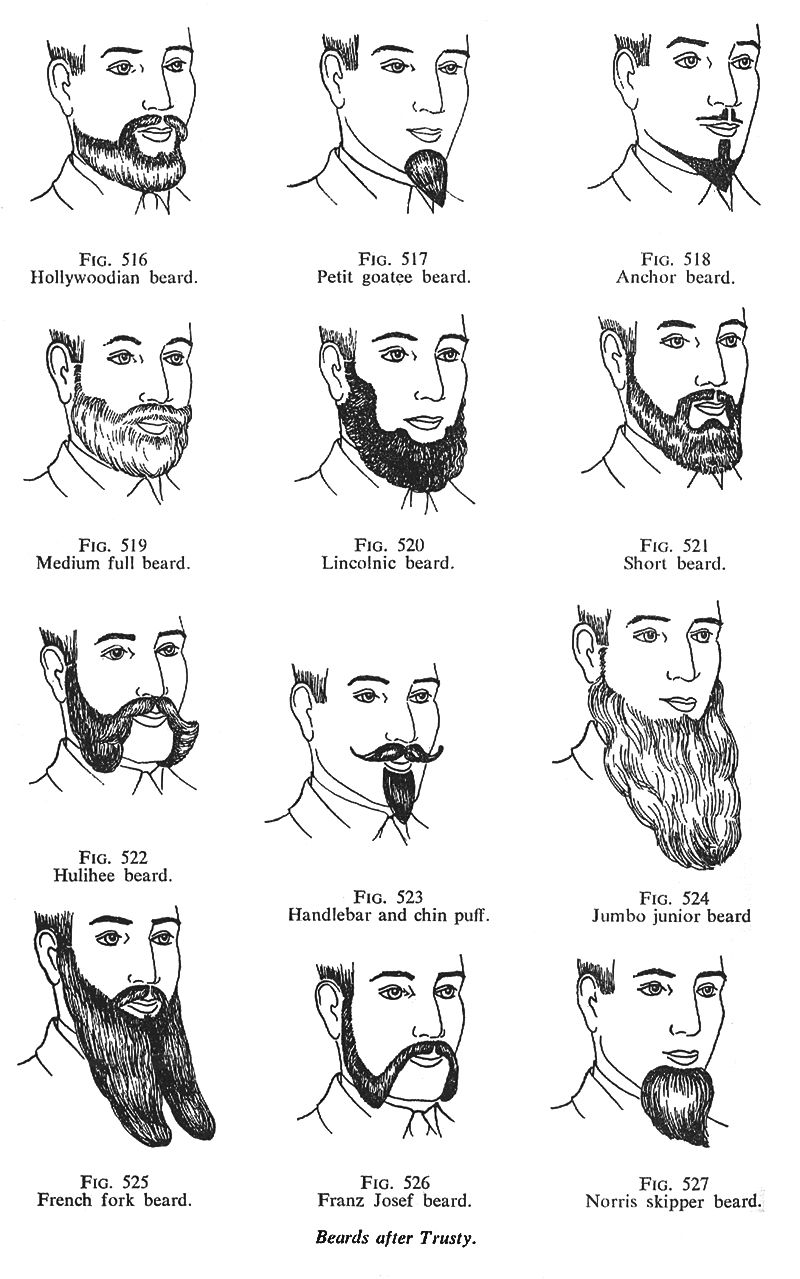在人类历史上,胡须有许多用途。 早期人类用胡须来取暖和恐吓。 在当今时代,胡须被用来显示阳刚之气、皇家气派、时尚和地位。
史前男人留胡子是为了保暖、恐吓和保护。 面部毛发使史前男人保暖,还可以保护他们的嘴巴不受沙子、泥土、阳光和其他许多不同因素的影响。 男人脸上的胡子使他们的下巴线条看起来更强壮;这种夸张的做法使他们显得更有威慑力。
推荐文章
在公元前3000年至公元前1580年,埃及皇室成员使用金属制成的假胡须。 这种假胡须由一条系在头上的丝带固定在脸上。 这种做法在国王和王后身上都有。 古埃及人还知道用红棕色到浓棕色的染料来染下巴的珠子。
美索不达米亚文明对他们的胡须非常重视。 他们会使用胡须油等产品来保持胡须的健康。 他们也会用古代的卷发器为自己的胡须做造型,做成环状、卷曲和分层的效果。 亚述人把胡须染成黑色,而波斯人则把胡须染成橙红色。 在古代,在土耳其和印度,当有人有长胡子的人,被认为是智慧和尊严的象征。
阅读更多: 16个最古老的古代文明
See_also: Lucius Verus 在古代,在希腊,胡须是一种荣誉的象征。 古希腊人通常用钳子卷起他们的胡须,以便形成悬垂的卷发。 他们的胡须被剪掉只是作为一种惩罚。 大约在公元前345年,亚历山大大帝下令士兵不能有胡须。 他担心敌对的士兵会抓住希腊人的胡须,在战斗中用它来对付他们。
古代罗马人喜欢他们的珠子被修剪得整整齐齐。 一位名叫Lucius Tarquinius Pricus的罗马人鼓励使用剃刀,以便在公元前616-578年指导城市的卫生改革。 尽管Pricus试图鼓励剃须,但直到公元前454年,剃须仍未被普遍接受。
公元前454年,一群希腊西西里岛的理发师从西西里岛来到意大利大陆。 他们在罗马的主要街道上建立了理发店。 这些理发店通常只被那些没有奴隶的人使用,因为如果你拥有一个奴隶,他们会代替你刮胡子。 最终,刮胡子开始成为古罗马的潮流,哲学家们保持他们的胡子无论趋势如何。
最新文章
盎格鲁-撒克逊人一直留着胡子,直到7世纪基督教的出现。 一旦基督教出现,法律就要求神职人员刮胡子。 英国的王子们一直留着胡子,直到公元1066-1087年,威廉一世制定了一项法律,要求他们刮胡子,以适应诺曼底的时尚。
十字军东征开始后,胡须也开始回归。 四个世纪以来,各种面部毛发都被允许。 这很像现在的时代,男人们可以选择胡须、胡子和干净的脸。 1535年,胡须再次成为时尚,随之而来的是各种不同的风格和长度。 1560年代,盎格鲁-撒克逊男人开始给胡须上浆。
阅读更多 : 剃须的终极历史(和未来
16世纪初,一位名叫安东尼-范迪克爵士的画家开始画许多留着尖尖的胡子的贵族。 这种胡子的风格被称为范迪克式。 这些人用绒毛或蜡来塑造他们的胡子,他们用小刷子和梳子涂抹。 这个时代的人发明了不同的小工具,以便在他们睡觉时保持胡须和胡子的形状。
古往今来有许多胡须风格。 亚伯拉罕-林肯流行的一种风格被称为 "下巴帘"。 这是指沿下巴线有足够长的面部毛发挂在下巴上。 美国散文家亨利-戴维-梭罗有一种风格被称为 "下巴带 "胡须。 这种风格是指鬓角沿着狭窄的毛线相互连接,以达到目的。颚部。
英国重金属音乐家莱米-基尔米斯特(Lemmy Kilmister)的面部发型被称为 "友善的羊角辫"。 友善的羊角辫是指羊角辫与胡子相连,没有下巴的头发。 另一种面部发型是山羊胡子。 山羊胡子是指在脸上只留下下巴周围的头发和胡子。 美国职业摔跤手霍根(Hulk Hogan)以这是一种完整的胡子,其末端以平行的直线一直延伸到下巴线。
目前,大约33%的美国男性有某种脸部毛发,而全世界55%的男性有脸部毛发。 女性发现全脸胡须的男性的吸引力只有干净胡子的男性的2/3。
当代 胡须产品
胡须产品已经从最初的卑微开始走过了漫长的道路。 在古埃及,他们使用假胡须,你仍然可以购买到假胡须。 与古埃及不同的是,这些假胡须不是用黄金制成的。
另外,就像美索不达米亚的男人使用胡须油一样,你可以购买胡须油。
探索更多文章
更多历史趣事
See_also: 贝多芬是怎么死的? 肝病和其他死因 奥托大帝,对着他的胡子发誓,就像现在的人对着他们母亲的坟墓发誓一样。
在中世纪,如果一个人摸了另一个人的胡子,那就是冒犯,可以成为决斗的理由。
在16世纪,男人们开始试验他们的胡须,并出现了分叉的胡须等趋势,甚至还有一种被称为 "尖嘴胡 "的风格。

James Miller
James Miller is an acclaimed historian and author with a passion for exploring the vast tapestry of human history. With a degree in History from a prestigious university, James has spent the majority of his career delving into the annals of the past, eagerly uncovering the stories that have shaped our world. His insatiable curiosity and deep appreciation for diverse cultures have taken him to countless archaeological sites, ancient ruins, and libraries across the globe. Combining meticulous research with a captivating writing style, James has a unique ability to transport readers through time. James' blog, The History of the World, showcases his expertise in a wide range of topics, from the grand narratives of civilizations to the untold stories of individuals who have left their mark on history. His blog serves as a virtual hub for history enthusiasts, where they can immerse themselves in thrilling accounts of wars, revolutions, scientific discoveries, and cultural revolutions.Beyond his blog, James has also authored several acclaimed books, including From Civilizations to Empires: Unveiling the Rise and Fall of Ancient Powers and Unsung Heroes: The Forgotten Figures Who Changed History. With an engaging and accessible writing style, he has successfully brought history to life for readers of all backgrounds and ages.James' passion for history extends beyond the writtenword. He regularly participates in academic conferences, where he shares his research and engages in thought-provoking discussions with fellow historians. Recognized for his expertise, James has also been featured as a guest speaker on various podcasts and radio shows, further spreading his love for the subject.When he's not immersed in his historical investigations, James can be found exploring art galleries, hiking in picturesque landscapes, or indulging in culinary delights from different corners of the globe. He firmly believes that understanding the history of our world enriches our present, and he strives to ignite that same curiosity and appreciation in others through his captivating blog.



